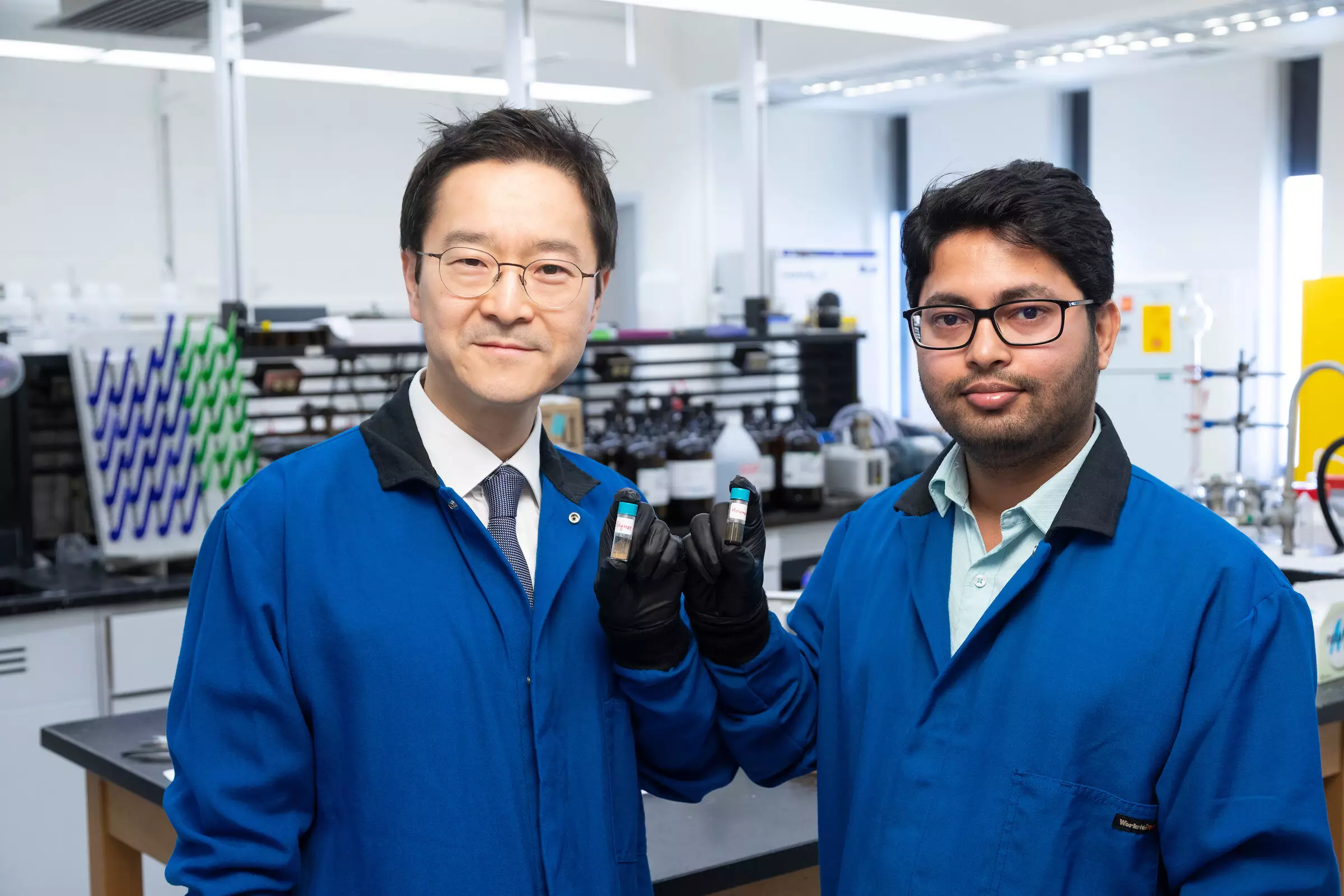As global climate change continues to pose significant threats to ecosystems and human life, innovative solutions for managing carbon dioxide emissions have become increasingly crucial. The latest advancements in green technology are not just theoretical anymore; they encompass practical applications that can be implemented on a larger scale. Researchers at the Florida A&M University-Florida State University (FAMU-FSU) College of Engineering have developed a groundbreaking biomass-based material that demonstrates the ability to capture and release carbon dioxide (CO2) efficiently. This article delves into the new material, its underlying science, and its potential implications for carbon management strategies.
The Role of Lignin: A Natural Resource
At the heart of this innovative material is lignin, an organic polymer that is abundantly found in the cell walls of plants, particularly in wood. Traditionally considered waste in the pulp and paper industries, lignin represents an underutilized resource with tremendous potential. By leveraging this natural compound, researchers have created a structure that not only captures CO2 from concentrated sources but also from ambient air. The renewable nature of lignin offers a dual benefit: reducing dependence on fossil-fuel-derived materials while providing a cost-effective means of carbon sequestration.
The newly developed material exhibits a remarkable capacity for CO2 absorption. According to test results, one gram of this substance can effectively capture approximately 47 milligrams of CO2 from concentrated sources, which is around 5% of its own weight. When exposed to the atmosphere, it still manages to absorb 26 milligrams, showcasing its utility even in less favorable conditions. What sets this material apart is its reversible nature: it can be employed repeatedly without significant degradation in its structure or functionality. Associate Professor Hoyong Chung elucidates this advantage by stating, “The beauty of this work is the ability to precisely control the capture and release of CO2 without high pressure or extreme temperatures.”
One of the more intriguing discoveries made during the research is the material’s method of releasing CO2. Researchers utilized nuclear magnetic resonance spectroscopy to analyze the behavioral dynamics of the material under varying conditions. Strikingly, the appearance of bubbles during heating led to revelations about how thermal energy facilitates CO2 release. Through controlled heating, they demonstrated that around 60 degrees Celsius is sufficient for the material to free the captured gas, underscoring the efficiency of the process. This contrasts sharply with traditional methods that often rely on higher pressures and temperatures. The ability to fine-tune the release temperature also opens opportunities for tailored applications, making this material adaptable to different industrial needs.
Applications Beyond Carbon Capture
The implications of this new biomass material extend far beyond mere carbon sequestration; the absorbed CO2 can also be utilized in various sectors, including manufacturing and agriculture. By capturing and then deploying CO2 for productive uses, the cycle of carbon emissions can be transformed into a closed-loop system, where waste becomes a valuable asset. Researchers have even hinted at prospects for utilizing the absorbed gas in chemical reactions, encouraging a shift toward a more circular economy where resources are renewed and reused rather than discarded.
The ongoing research at FAMU-FSU College of Engineering exemplifies the potential of biomass materials to address one of the most pressing global challenges: climate change caused by excessive carbon dioxide emissions. The development of this lignin-based material signifies a step forward in the quest for sustainable solutions, pushing the boundaries of what is scientifically possible while remaining rooted in nature. As researchers continue to refine and test this innovative material, the possibility of wide-scale applications could redefine our approach to carbon management, emphasizing sustainability and efficiency. If successful, such advancements could play a pivotal role in global efforts to mitigate climate change, making it a promising avenue worth further exploration.


Leave a Reply